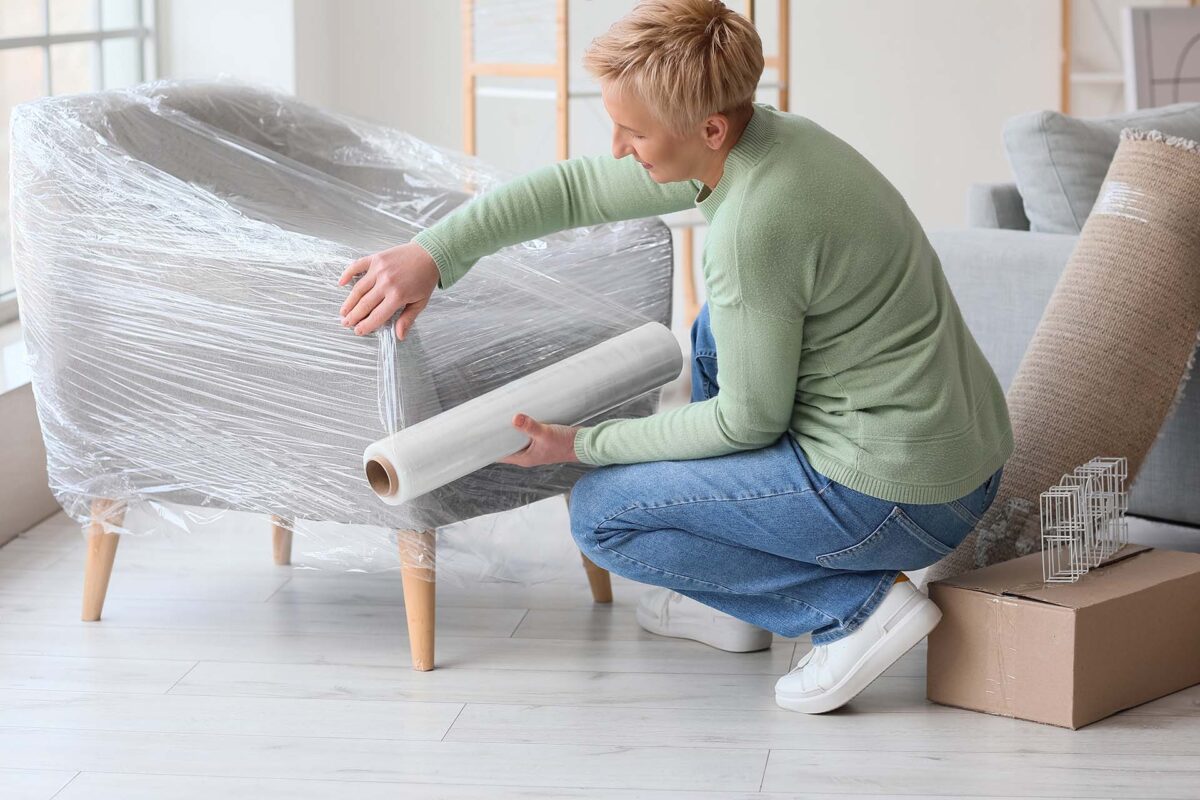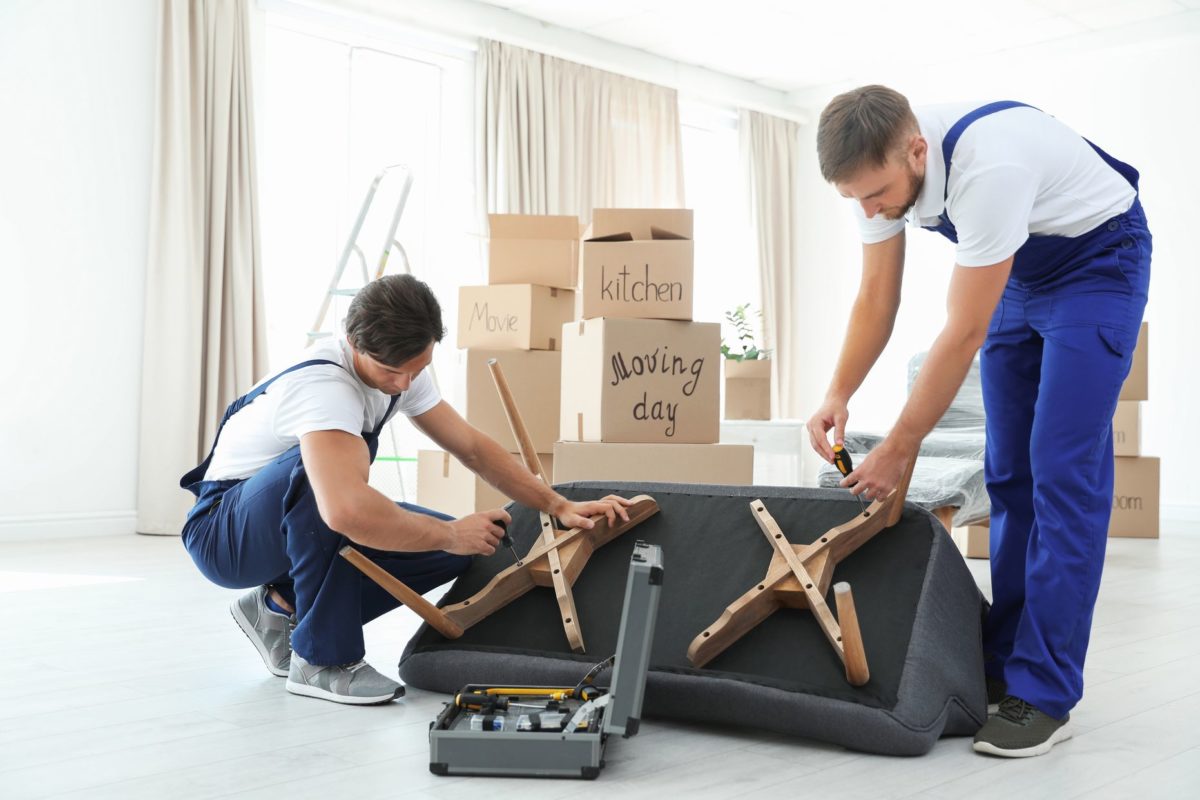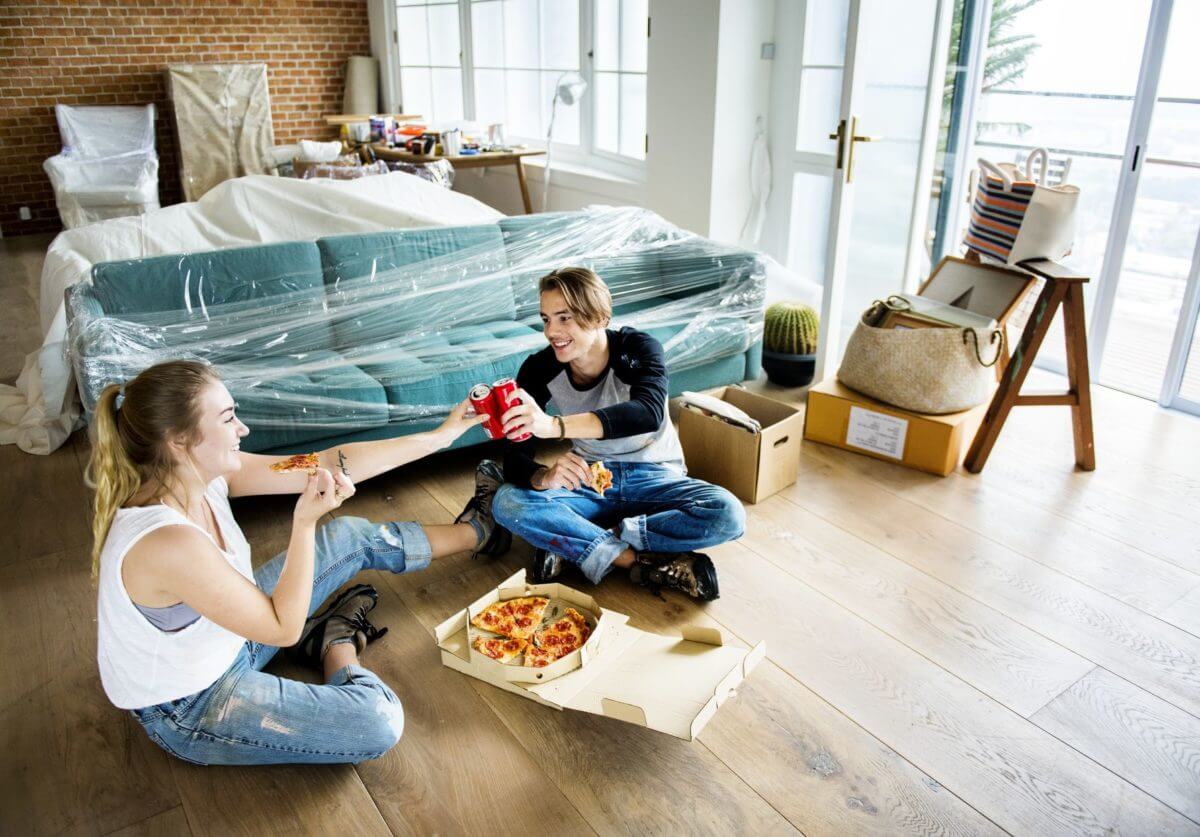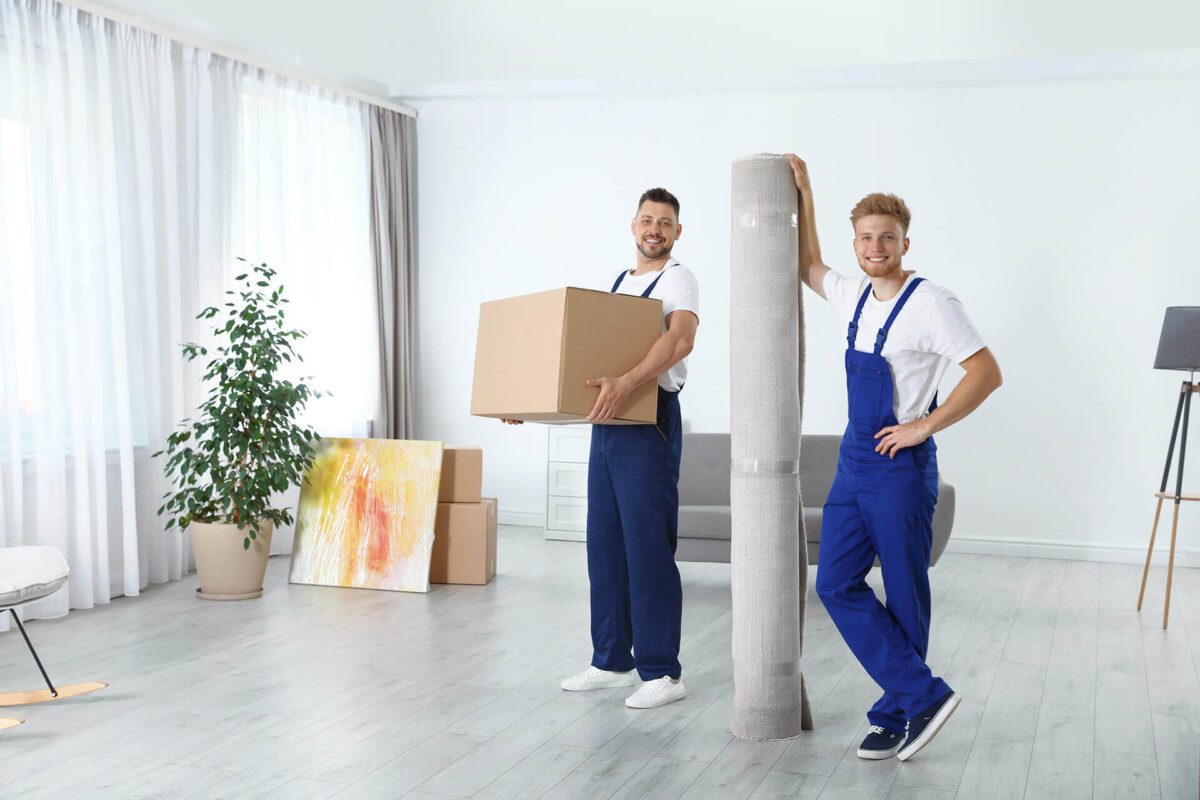Start With Some Pre-Move Prep for a Safe Journey Ahead
According to the US Census Bureau Migration Report, every year, a staggering 27 million Americans pack up their lives and move to new horizons.
Each piece of your household is a precious gem – valuable and oftentimes irreplaceable. Therefore, figuring out the best way to wrap furniture for moving is invaluable when the time for it comes. Let’s swaddle your sofa, cocoon your cabinets, and shield your shelves, making sure they all arrive at your new abode as flawless as the day you bought them.


According to the US Census Bureau Migration Report, every year, a staggering 27 million Americans pack up their lives and move to new horizons.
Without a doubt, many of them will tell you that packing furniture is the trickiest part of the transition. Why?
Because each piece not only holds sentimental value but also comes with its own set of challenges, from delicate finishes to the sheer weight of certain household items.
In the sea of various relocation hacks, having the best furniture packing techniques under your belt is your ultimate ticket to a stress-free move. This begins with meticulous prep work long before the moving day comes.
No matter how sturdy an item is, dirt and debris can cause scratches and damage during transit. Before you wrap up anything, giving each piece a good clean is essential, so make sure you add it to your moveout checklist.
Moreover, setting the stage for a pristine debut in the new home can make the transition that much easier. Here’s how to ensure a clean start:
Sometimes less is more, and relocation is no different. This is not just about donating unwanted items to lighten the load – you should also disassemble the furniture you’re bringing along for the ride. Here, professional cross-country moving services can be a saving grace, taking care of the heavy lifting all while providing you with peace of mind.
But if you’re interested in tackling it DIY-style, start by removing any parts that are designed to come off – think table legs, shelves, or bed frames. Use the right tools to avoid stripping screws or damaging the finish. It’s all about making each piece as compact as possible but without losing any parts along the way!


Besides cleaning and dismantling, gathering the right protective gear is a crucial part of furniture preparation for relocation. Every layer is crucial for survival, or in this case, to avoid nicks and scratches. Here’s a rundown of the best packing materials:
Choosing the right packing materials is less about preference and more about necessity. For wooden pieces, padded paper or blankets are ideal as they prevent scratches. Items with glass elements demand the shock-absorbing qualities of bubble wrap, while stretch wrap is superb for keeping upholstery clean and in place.
The trick is to match the material’s protective qualities with your furniture’s vulnerabilities – like pairing a knight with the right armor. This thoughtful selection ensures that each piece arrives in top-notch condition, ready to adorn your new space.


Let’s be real – why try to maneuver a sofa down three flights of stairs yourself when professional long-distance movers exist? Industry experts such as Cross Country Moving Company can be the true superheroes of your relocation saga. They swoop in, capes optional, equipped with the skills and tools for wrapping furniture safely and efficiently. Here’s why hiring cross-country movers is a smart move:
It’s clear – a professional cross-country moving service can significantly lighten the load, both literally and figuratively. But how do you know you’ve got a legit long-distance moving company for the job?
Look for movers with a proven track record of reliability and excellent customer service. From packing services to safe auto shipping, they should offer transparent pricing without any hidden fees. A good mover will also customize their services to match your specific needs, setting the stage for a seamless transition from start to finish.
Our expert moving teams are trained to ensure the safety of your personal belongings.
Our mission is to bring high quality, long distance moving services to every customer.

Cross Country Moving Company is the most trusted name in auto industry in the country.
Letting the pros handle the heavy lifting ensures a worry-free move where you don’t have to lift a finger. But, if you’re keen to roll up your sleeves and take an active role, here are some essential packing tips and tricks to help you handle it like experts do:
Wooden furniture demands careful attention to prevent scratches and dents. Start by cleaning and drying each piece to remove debris. Use moving blankets or furniture pads to cover each piece completely, securing the padding with stretch wrap to keep it in place. For added protection, particularly for corners and edges, layer on cardboard protectors before wrapping.
Upholstered and fabric furniture can be magnets for dust and stains during a move. To protect these items, first vacuum them thoroughly to remove any loose dirt. Slip on some furniture covers or old sheets to shield the fabric, and then wrap the entire piece in stretch wrap to keep the covers snug and secure.
Obviously, glass and other fragile items require meticulous handling to avoid breakages. Detach any glass elements if possible and wrap them individually in bubble wrap, securing the wrap with tape. Label these pieces as “Fragile” to ensure careful handling.
For glass that cannot be removed, such as on coffee tables or cabinets, cover the glass area with cardboard and then envelop it in bubble wrap. Secure everything tightly with tape to prevent any movement or shifting during the move.
It’s clear by now that relocating furniture isn’t just about throwing some bubble wrap around it and calling it a day. It’s a skill that demands finesse and a bit of savvy! If you’re ready to elevate your game and truly wrap like a pro, here are some essential tips:
As for the relocation mistakes you definitely should avoid, under-wrapping is a big no-no. In the world of true professionals, it’s almost considered a crime. It might be tempting to save on materials, but skimping on protective wrapping is a gamble you really don’t want to take. Doing this can leave your furniture vulnerable to scratches, dents, and moisture.
Similarly, wrapping too tightly can compress and damage upholstery or cause pressure marks on wooden pieces. Always use ample, snug – not tight – layers of protection to keep your belongings safe during their journey.


Loading your household items into the truck is kind of like playing a game of real-life Tetris. Each piece must fit perfectly to maximize space and maintain stability. Start by placing the heaviest items towards the front of the truck and carefully stack lighter items on top. Once your game of Tetris is done, make sure nothing is wobbly or unbalanced.
Now that everything is loaded, the real art begins – securing it. Professional movers excel at this, using tools like ratchet straps and rope to fasten items snugly, ensuring nothing moves while in transit. They might also use moving blankets and additional padded materials to fill gaps between items, preventing any jostling or rubbing that could cause damage.


And that’s a wrap on this topic! By now, you’re practically a maestro at the art of furniture wrapping, equipped with the tricks of the trade to create a safe passage to your new home. Remember, whether you’re doing the heavy lifting or directing the show, each layer of protection is vital to the whole equation.
Ready to conduct your perfect move without missing a beat? Let our team at Cross Country Moving Company take the lead. With our expertise, your belongings will be in tune and secure, from the first box packed to the last item placed in your new space. Contact us today to schedule your relocation and see how we can make it as harmonious as a well-composed melody.